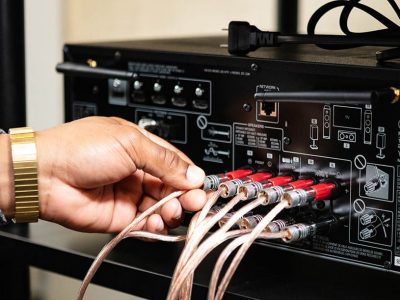Opting for a manual dirt bike makes for a challenging way to test your dirt bike riding skills. For many riders, the very thought of having to drive a manual dirt bike on the trail is intimidating. Just imagine all those gear changes and the timing that needs to be right.
No need to worry, though. Learning to ride a manual dirt bike requires time, patience, and a ton of practice. But once you get the hang of the clutch and the game of shifting, you’ll be well on your way and our guide will help you do just that.
The Clutch: What It Is and Where to Find It
You can find the clutch right on the left handle of your dirt bike. If you’re not sure how it looks, the clutch will often appear similar to the brake on the right handle. You may need several practice runs to learn to shift with your left hand and brake with your right hand.
But how come the clutch and the gear shift aren’t all in one place? It may feel confusing but riding a manual dirt bike requires a certain degree of finesse. And this division helps dirt bikers maintain complete control when riding on the trail.
So how does the clutch help shift gears on a dirt bike? In a nutshell, you need to grip the clutch before using the shift pedal according to www.thedirtbikereview.com. Once you grip the clutch, you can then simultaneously move your shift pedal up or down.
Now that we’ve covered the basics of the clutch, let’s move on to the next part of the shifting equation.
The Shift Pedal: What and Where It Is
We now have the clutch under control and can get the grasp of the shift pedal. Like the clutch, the shift pedal is present on the left side of a dirt bike. This time, however, you have to use your left foot to move the peg up or down when changing gears. So, what’s the point of the shift pedal?
The shift pedal and clutch work hand in hand and allow you to switch gears safely. When operated smoothly, they let you achieve greater speeds in a pinch. All you need to do is grip the clutch and press the shift pedal. And your bike will be zooming along the trail faster than you know it. Sounds simple enough, right?
That’s because it is. But you can always make this process smoother. The useful tips that follow will help make it easier for you to learn coasting, drifting, and shifting gears fast.
How to Use the Clutch and the Shift Pedal Like a Pro
Getting on that new trail and maneuvering through it at a high speed is a lot of fun. Until you run into something unexpected or hit the brakes by accident. Luckily, you can avoid this by using the clutch and the shift pedal without a hitch.
Here are the key steps for practicing it:
- Find a vast open space for practice. Large fields and green areas will do the trick. Avoid areas with lots of rocks, trees, or pavement, since these can make your mistakes much more injurious and painful.
- Use the kickstart to get your bike running. It goes without saying that this part must be intact. In case it’s not, repair it before riding your dirt bike on the trail.
- Allow your bike to warm up. This will help the oil lubricate the engine and give you a moment to check for any leaks. You should always do this during any weather or season.
- With your dirt bike, all warmed up and rearing to go, it’s go time. Pull in the clutch and step on your shift pedal. Start with the first gear before switching into other gears. While you’re in the first gear, you don’t have to worry about flying off the bike. This gear only gets the bike moving at a fairly slow pace.
- Give your bike a little gas and let go of the clutch. To gain more speed, shift the pedal up while gripping the clutch. Be gentle. As you shift into the second and the third gear, slowly let go of the clutch each time. Do it while gaining speed to avoid damaging the engine.
- To slow down, simply push down on the shift pedal. You don’t need to use the clutch to slow down.
As you can see, it’s not rocket science. Timing is where it gets confusing.
More Tips for Using the Shift Pedal the Right Way
Many beginners learn to shift the hard way when trying to shift gears in time. Shift too early, and the bike will stall. Do it too late, and the engine suffers. What’s the best time to shift gears then?
Your engine’s sounds and speed are your biggest clues to shifting gears in time. If the engine is making louder noises, it’s about time to shift to a higher gear. And if in doubt, it never hurts to slow down, since you don’t need the clutch for that.
In addition, never grip the brake when shifting. And aim to develop a feel for the friction zone. Besides this, remember that equipment malfunctions are unavoidable. Don’t blame yourself if they happen.
It May Not Always Be You: Dirt Bike Mechanical Malfunctions
Here’s a list of what to check for if your dirt bike is giving you the trouble:
- Make sure there’s enough fuel in the tank.
- Check the clutch to see if it’s too loose or too stiff.
- Examine the shift pedal for mud, grass, and other debris.
- Give the bike a full check to see if anything is wrong.
That’s it. We hope our guide has helped you become familiar with the clutch and the shift pedal. Now that you know your way around them, you can finally take your bike out for a spin.

















Comments